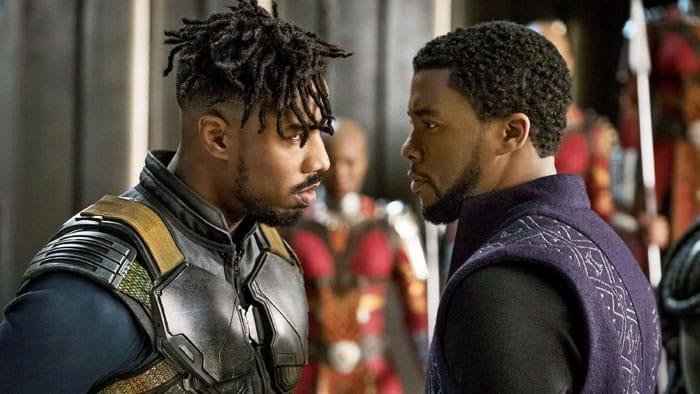
“No More Lonely Nights” is an experimental work of (reworked) found footage, created by Vincenzo Core and Fabio Scacchioli in the style that Austrian filmmaker Martin Arnold pioneered beginning in the 1980s.
Arnold’s work takes footage from classic Hollywood films (notably the Andy Hardy films with Mickey Rooney and Judy Garland) and subjects them to a kind of filmic microscope, by taking tiny fragments of action and running the film backwards and forwards repeatedly. In Arnold’s work, the results are often revelatory, as you can see the hidden inner life contained within seemingly unimportant, transitional moments of action, such as a character reaching for a cup. Arnold’s technique amplifies the body language inside these moments, and often reveals unconscious emotions which are directly in contradiction to the supposed mood of the scene.
Core and Scacchioli are working more or less by following Arnold’s footsteps, but they do a pretty good job. (Not quite as good as the original Master.) “Lonely Nights” examines melodramatic films of love, passion, and murder found in Hollywood films. In addition to running certain actions backwards and forwards, they use the (also familiar) technique of intercutting very rapidly between three or more sequences, sometimes from different scenes, and thus creating a kind of ghostly superimposition between different moments.
One of the best effects they come up with is the rapid intercutting of two different couples coming together for a kiss. In one scene the woman is on the right and in the other one she is on the left, and the result of the rapid alternation is to create an interesting confusion of genders and roles.
“No More Lonely Nights” may not be original in style or technique, but the filmmakers have done a good job of analyzing the mechanics by which Hollywood films manipulate us and manufacture our emotional responses.
